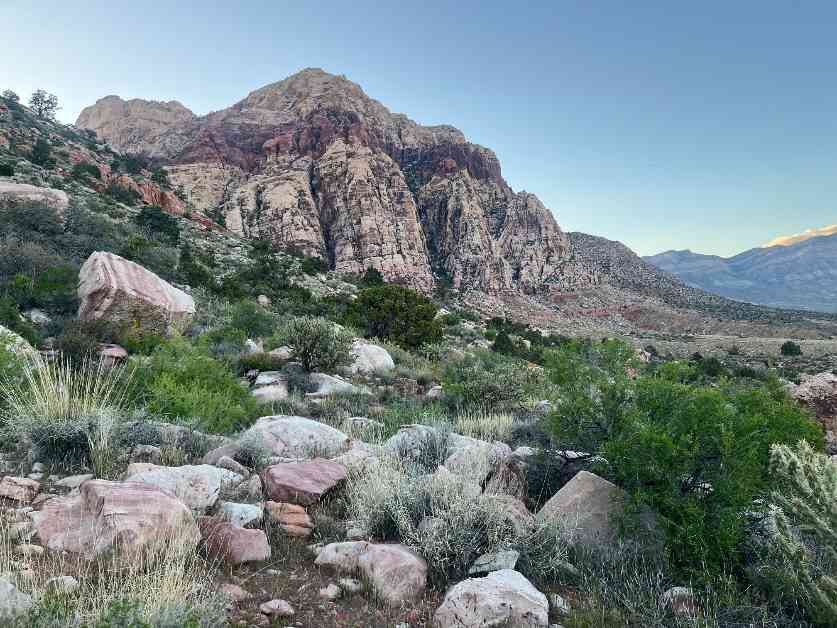My father’s upbringing in a one-bedroom tenement in Manhattan shaped his perspective on the importance of home ownership. Despite starting in a cramped space, my grandfather’s hard work allowed the family to expand their living quarters to accommodate everyone comfortably. This story resonates with many families facing housing challenges in Nevada today.
When my parents retired and moved to Las Vegas, they were able to purchase a spacious home at a fraction of the cost due to the housing crisis in 2008. However, the current situation in Nevada paints a different picture. Governor Joe Lombardo highlights the issue of limited space for new housing developments, citing federal government policies protecting culturally and ecologically significant landscapes as a barrier to expansion.
The idea of releasing land for construction around Las Vegas raises questions about balancing development with environmental conservation. While the potential for building thousands of new homes is appealing, the impact on natural areas like Red Rock Canyon National Conservation Area must be carefully considered. As a frequent visitor to these landscapes, I appreciate the beauty and serenity they offer, contrasting with the rapid urbanization happening nearby.
The debate between higher-density and medium-density developments reflects the need to plan for sustainable growth in Nevada. Building codes and land use regulations play a crucial role in shaping the future of the state. President Biden’s designation of Avi Kwa Ame as a national monument raises awareness about the importance of preserving public lands for future generations.
As a resident of North Las Vegas and a transit advocate, I believe in finding a balance between urban development and environmental conservation. By creating well-designed communities with access to public transportation, Nevada can accommodate its growing population while protecting its natural resources. The key lies in responsible planning that considers the long-term effects of expansion on both residents and the environment.
In conclusion, Nevada faces challenges in addressing its housing crisis while preserving its unique landscapes. By engaging in informed discussions and considering diverse perspectives, we can find solutions that benefit everyone. The path to sustainable growth requires collaboration, innovation, and a shared commitment to building a better future for all residents of the Silver State.



